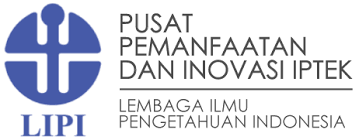Formulation of High Iron Shrimp Meatball for Anaemia Prevention of Teenage Girls
DOI:
https://doi.org/10.21009/JSB.007.2.02Abstract
The National Health Survey Riskesdas shows that the prevalence of anaemia among Indonesian teenage girls is still high. The cause of anaemia is partly due to daily low iron consumption. This study aimed to develop high iron food products. The products were formulated based on observations at female boarding schools of which the shrimp meatball was desired. The formulation was carried out using a trial and error approach to obtain the most appropriate proportion of ingredients; namely shrimp, modified cassava flour (mocaf) and eggs at levels of F1=70:30:0, F2=50:40:10, F3=50:45:5, F4=50:50:0 (percent w/w). The products were assessed for macro nutrient contents, iron, vitamin C and sensory qualities. The Kruskall Wallis and Mann-Whitney tests were used to analyze the data. The results showed that the developed shrimp meatballs provide higher energy and protein contents as compared to the most commonly consumed animal side dishes. The shrimp meatballs protein contents of all formulas were higher than that of SNI standard. The digestibility and the protein amino acid scores of the developed meatballs ranged from 96.61 − 97.80 and 92.43 − 100 respectively which are higher than the quality of protein consumed by average population. The panelists preferred firmer and compact shrimp meatballs of F4. The best developed shrimp meatballs was F3 which provided more than 50% of recommended daily iron for teenage girls.
Keywords: anaemia, shrimp meatball, teenage girls, high iron








